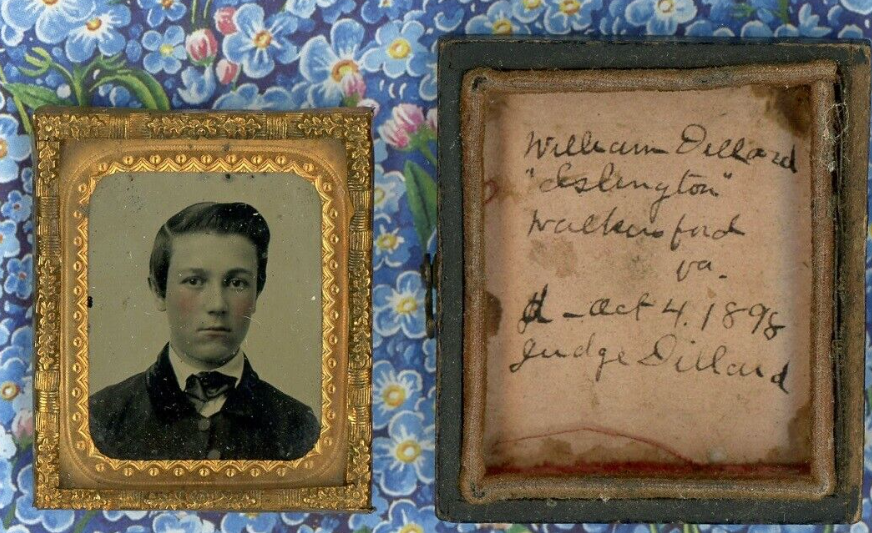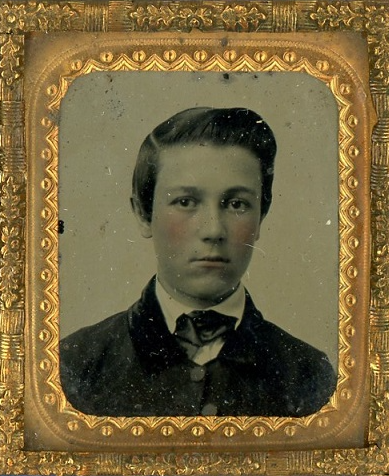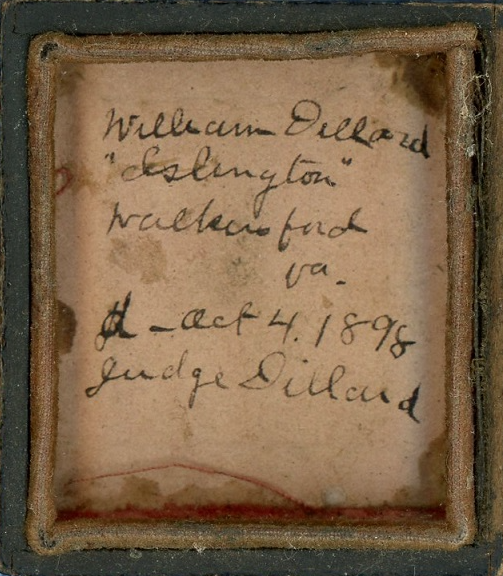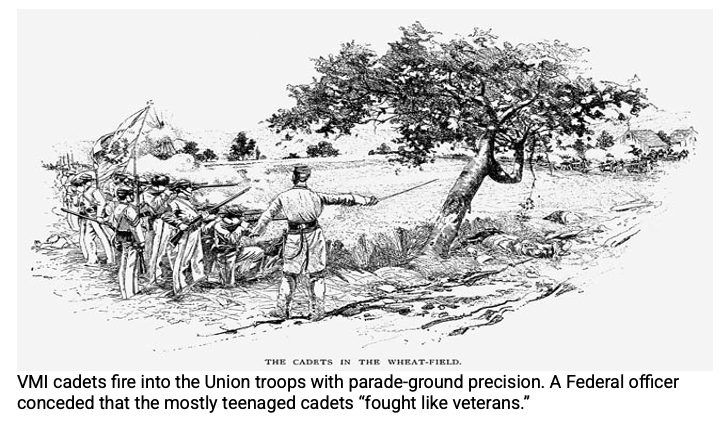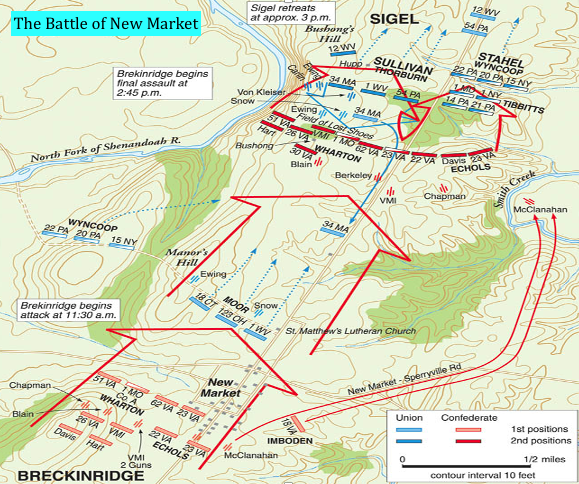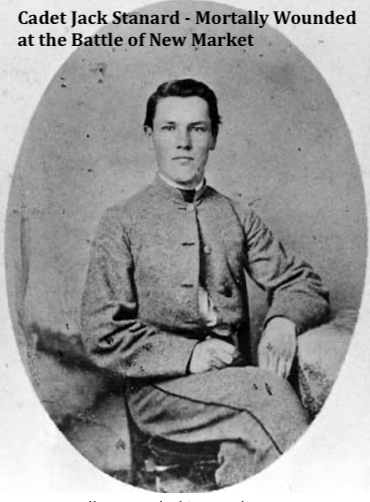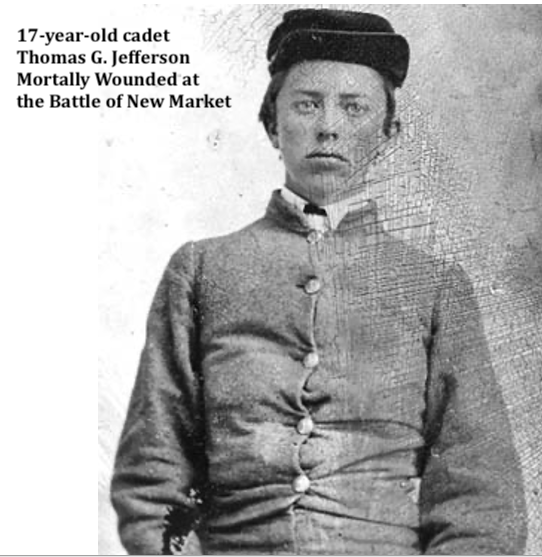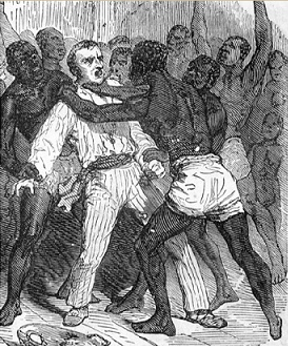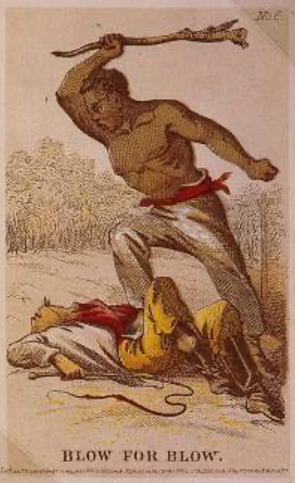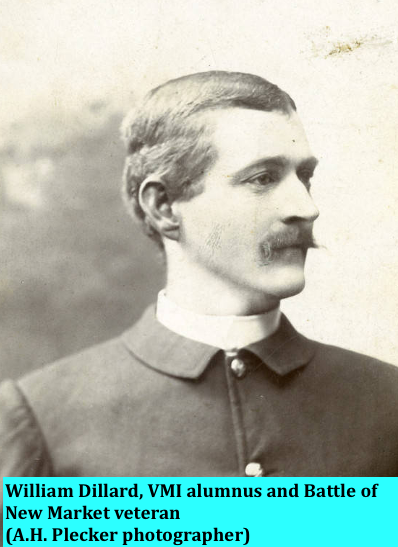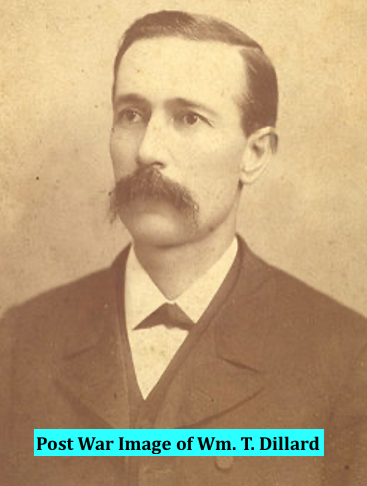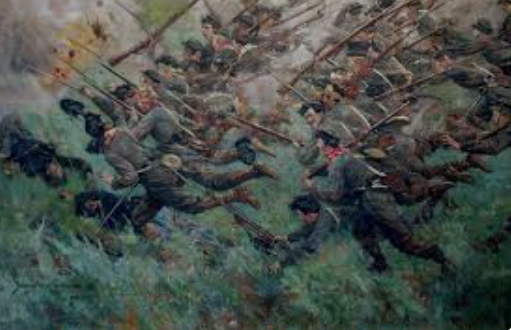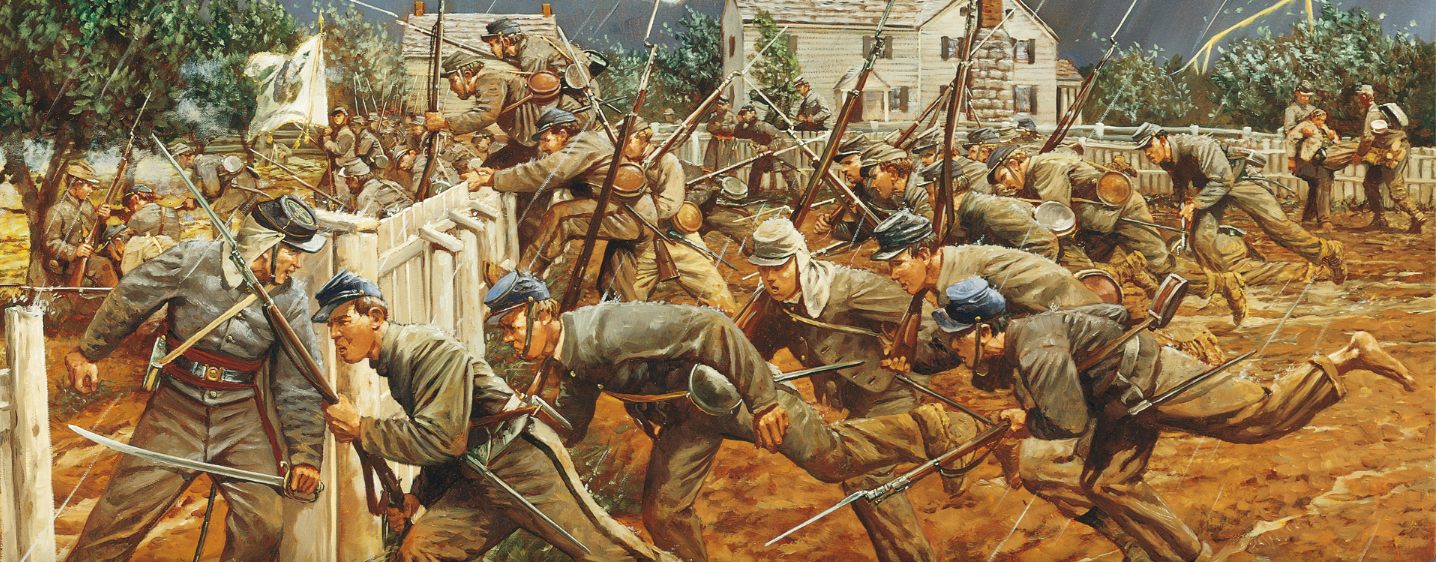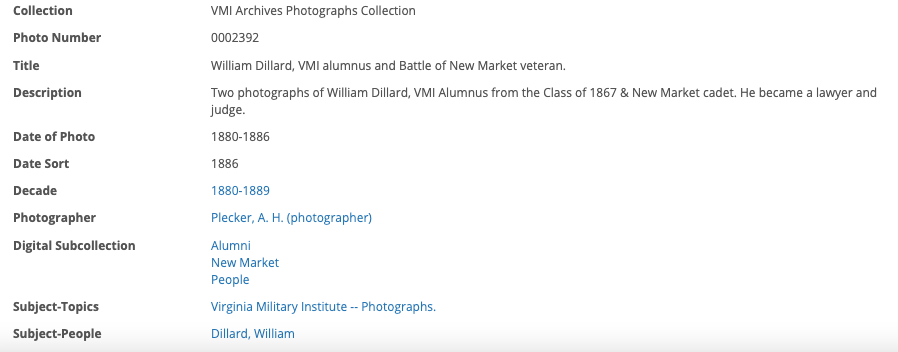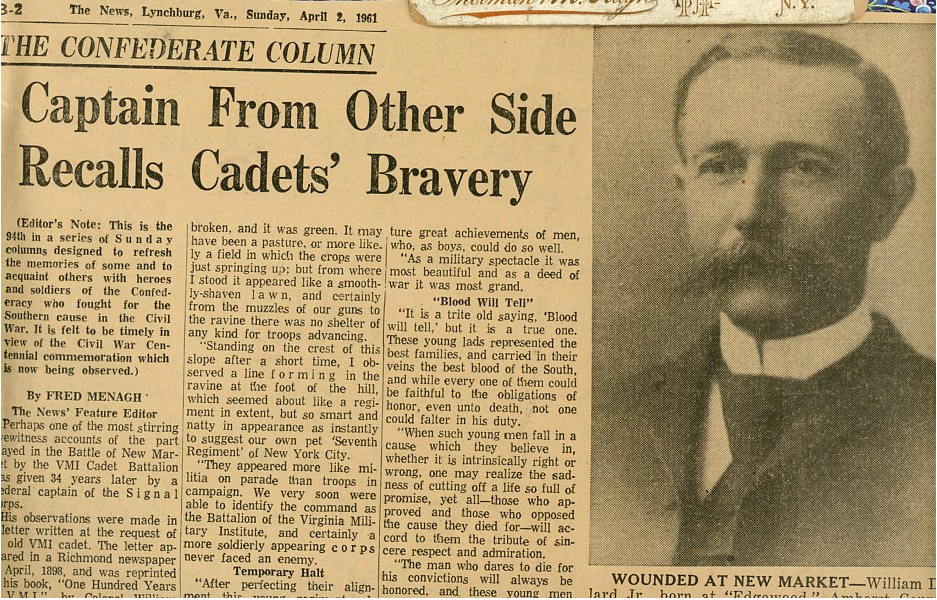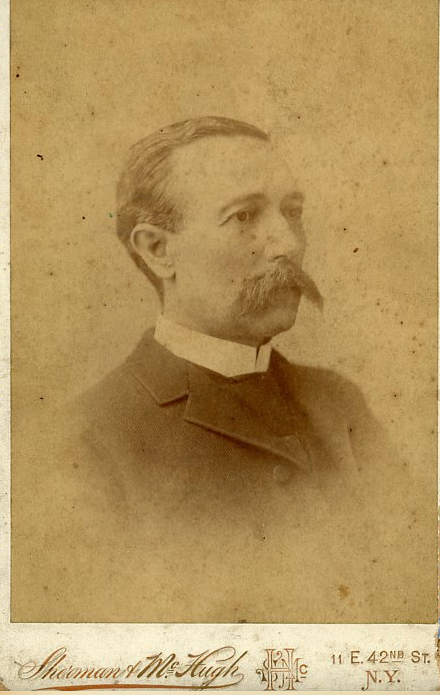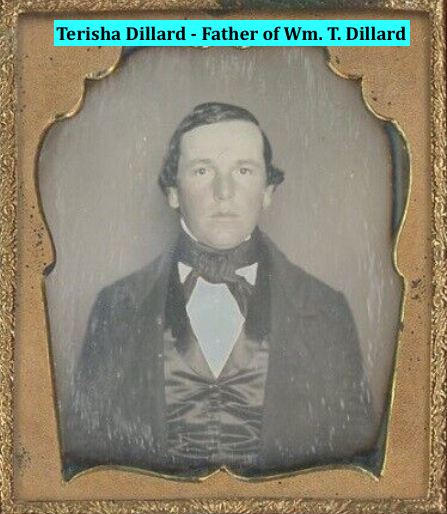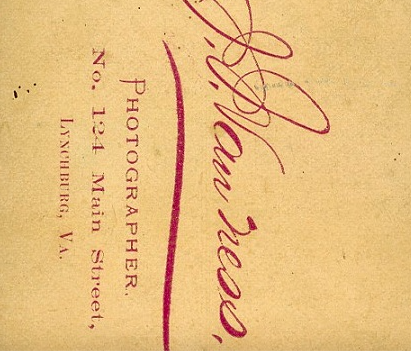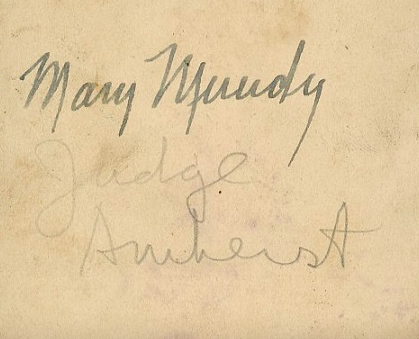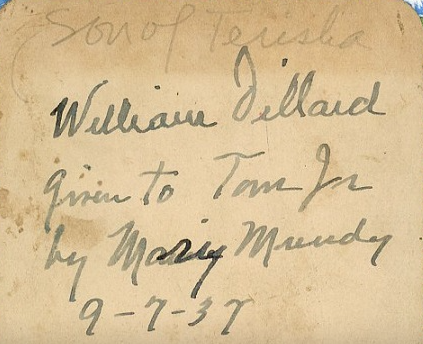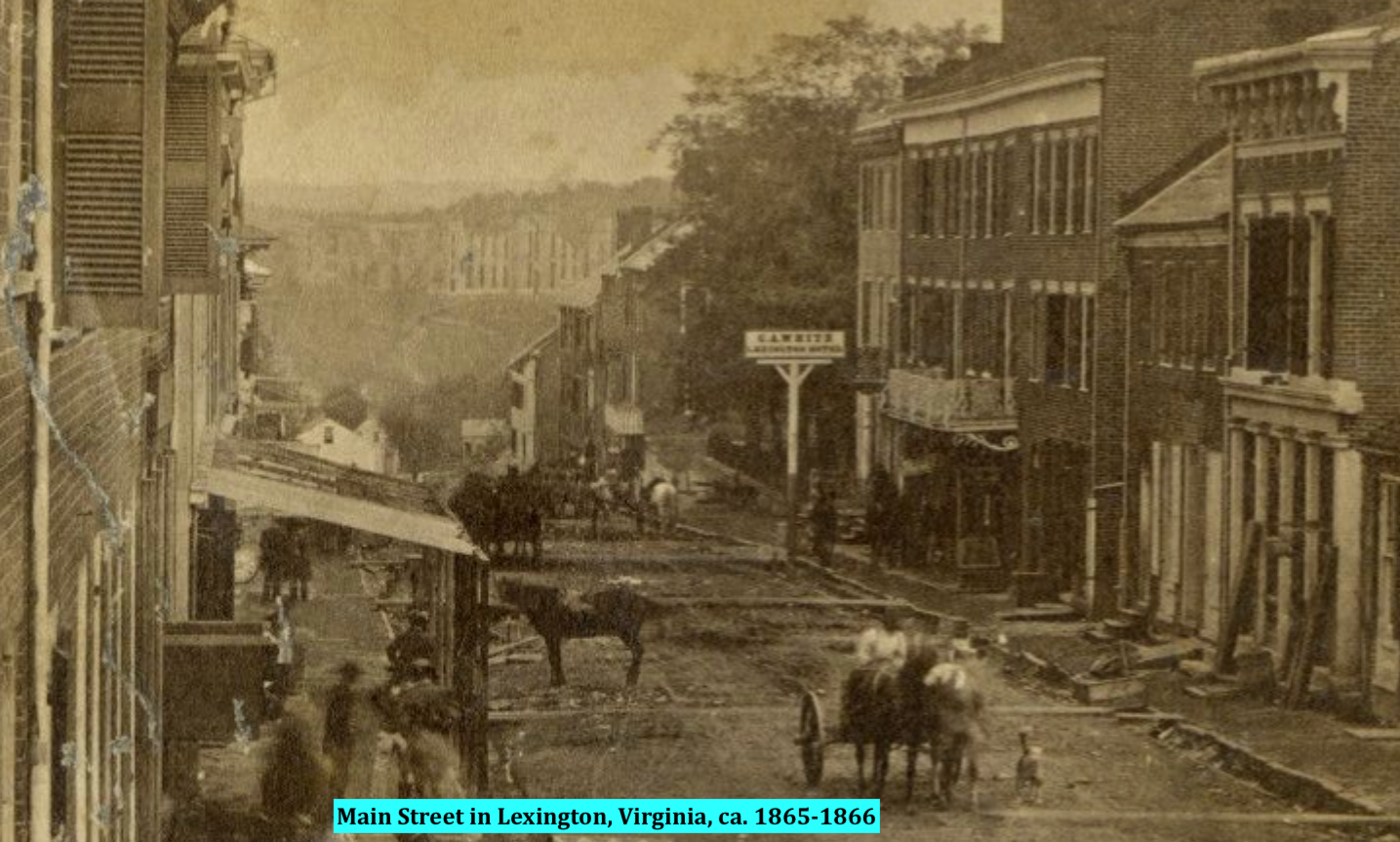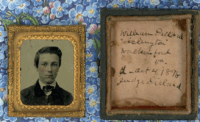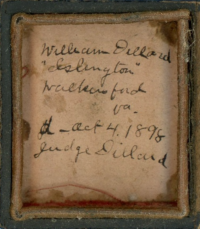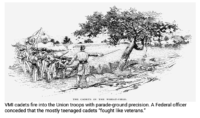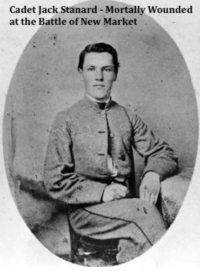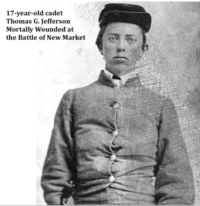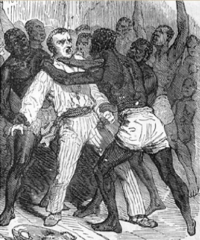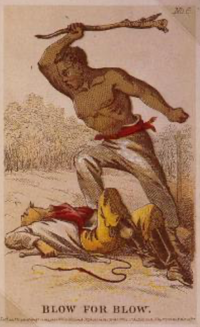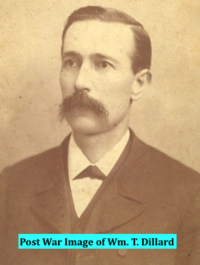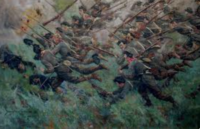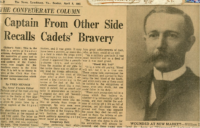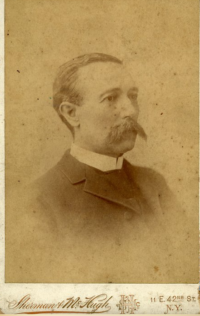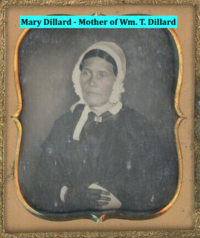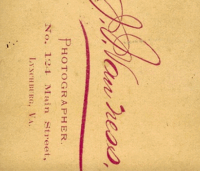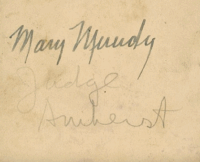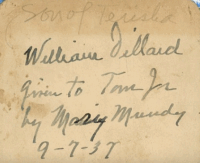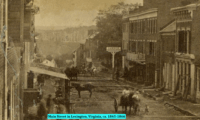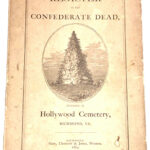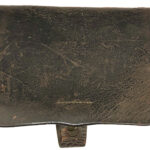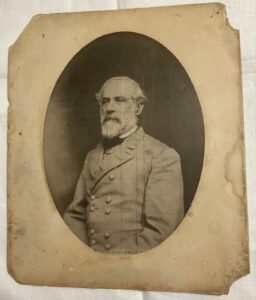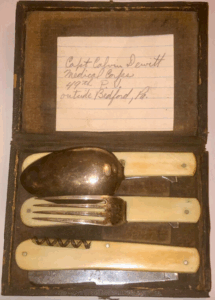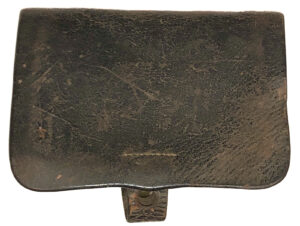1/16 PLATE RUBY AMBROTYPE OF VMI CADET WILLIAM T. DILLARD WOUNDED IN THE BATTLE OF NEW MARKET
$1,850
1/16 PLATE RUBY AMBROTYPE OF VMI CADET WILLIAM T. DILLARD WOUNDED IN THE BATTLE OF NEW MARKET – This image is one of the only ones we have encountered that depict a VMI cadet who was in action at the Battle of New Market (“Field of Lost Shoes’), on May 15, 1864. Depicted is William Terisha Dillard, as denoted on an inked, period inscription, on the paper lining of the half case that houses the image, that states the following:
“William Dillard
‘Islington’
Wallace’s ford
Va
d – Oct 4, 1898
Judge Dillard “
Dillard entered the VMI Cadet Corps, at the age of 16-17, in 1863; this image depicts Dillard at an age, just prior to or when he initially entered VMI. (The reference to “Islington” was the name of the Dillard plantation, in Amherst County, Virginia.) The image originated from the descendants of the Dillard family, in Amherst County, Virginia.
Young cadet Dillard, the son of Col. Terisha W. Dillard, a significant citizen of Amherst County, Virginia and Confederate officer, was a member of the VMI Class of 1867, when he went into the fray at New Market. Young Dillard would be wounded, in action, at New Market, but survive and become an attorney and judge in Virginia, after the war. In May of 1864, VMI cadets, aged 15 and up, were called up for emergency service at the Battle of New Market–the only time in American history a school’s student body was pressed into combat as a distinct unit. As mentioned, Dillard served as a private in the provisional regiment and was one of the many wounded.
William Terisha Dillard’s father, Terisha Washington Dillard, was a Colonel, at the onset of the war, in a Virginia Militia regiment, and, in an infamous incident, was murdered by a group of his own slaves, in May, 1863. Just three months later, his son, William Terisha Dillard, would enter VMI.
The image remains in excellent condition.
W T. Dillard
| Residence Lexington VA; Enlisted on 5/15/1864 at Lexington, VA as a Private. On 5/15/1864 he mustered into “D” Co. VA VMI Battn Infantry (date and method of discharge not given) Intra Regimental Company Transfers:* from company D to company A |
VMI VA Infantry Battalion
| Organized: on 4/30/62 Mustered Out: 4/2/65 at Richmond, VA |
| From | To | Brigade | Division | Corps | Army | Comment |
| May ’62 | May ’62 | Unattached | Valley District | Dept of Northern Virginia | ||
| May ’64 | May ’64 | Unattached | Dept of Southwestern Virginia | |||
| May ’64 | Jun ’64 | Unattached | Breckinridge’s | Army of Northern Virginia | ||
| Oct ’64 | Oct ’64 | Local Defense | Dept of Richmond | 1 company |
William Terisha Dillard (1846-1898) of Amherst County, VA was a cadet at the Virginia Military Institute toward the end of the war. The cadets, aged 15 and up, were called up for emergency service at the Battle of New Market–the only time in American history a school’s student body was pressed into combat as a distinct unit. Dillard served as a private in the provisional regiment and was one of the many wounded. The campus was burned by Union troops in June 1864. This diary dates from a few months later, when the Institute was on more or less active duty, moving from camp to camp while seeking a new temporary home in Richmond.
On 20 October, Dillard wrote “Great excitement in camp, caused by the report that the Institute is to be broken up, unless Gen. Smith can get the Almshouse at R[ichmond.]” On 27 and 28 October he describes his unit’s “very disagreeable” march “down the Williamsburg Road.” A published school history places the cadets in camp at Poe’s Farm during this period. One entry near the end of Dillard’s book is headed “Camp on Poe’s Farm, 3rd Division, Dillard W., Chief of Division,” listing 12 cadets by their last names. On 4 November, his diary reports that “it was fully decided today that we could get the alms house. Hurrah! for that. So far, so good.”
On 20 October, Dillard “put my name on the paper among the applicants for officers in the Bat[talion] of Yank deserters.” He often managed to get out on leave: “I was very much pleased with the performance at the theatre last night. Oliver Twist & Betsy Baker were played. I have come to the conclusion that going to the theatre such times as these is demoralizing” (2 November). On 8 November, he wrote about the Lincoln-McClellan election up north: “I feel very restless about the election (Yankee) but feel that God in his mercy will work everything for his glory and the good of the southern Confederacy.”
Dillard was interested in a disturbing trend among the army’s “detailed men” who had played support roles but were now being pressed into combat reserve units. On 19 October he wrote “Last night 3 detailed men cut their throats.” The next day, “One more detailed man has cut his throat.” Dillard was part of a company of cadets which brought 234 of these unfortunate detailed men to General Pickett’s headquarters at the front on 21 October.
Dillard was a strong believer in the institution of slavery. The year before, his father Terisha W. Dillard, a militia colonel, had been killed in an uprising by some of the family’s enslaved people. Dillard does not discuss this killing in his diary, but on 25 October 1864, he “finished reading Nellie Norton on Southern Slavery and the Bible. It is an excellent work, being a vindication of slavery from the Old & New Testaments. It deserves the perusal of everyone who is at all doubtful whether slavery was ordained by God.” After his last dated diary entry, Dillard added one sardonic epilogue in 1865: “The war has closed and instead of recording the dry details of a soldier’s life, I can now note the more important affairs which will unavoidably take place between me and Mose Freedman I employ to cultivate the farm.” Dillard used this volume as a memorandum book in the months following the war, through about March 1866. Near the rear of the volume, apparently written after the war, he records a short list of “References to the Bible for a pro-slavery argument.” 22 pages are devoted to daily work accounts with his new farm employees: “James Christian, free negro,” “Preston Holloway, free negro,” and others.
William T. Dillard, Jr., Class of 1867: New Market Cadet; Private, Co. D. Genealogy: Born- August 23, 1846, in Allen’s Creek, Va. Father- General Terisha Washington Dillard; Mother- Mary Elizabeth Dillard. Pat. Grandfather- Col. James Spottswood; Pat. Grandmother- Narcissa Elizabeth Turner. Mat. Grandfather- Col. William Dillard; Mat. Grandmother- Sallie Stoval Christian. Married- Mary Evans, on March 15, 1892. Children- William Evans Dillard, VMI, 1913. Matriculated to VMI from Allen’s Creek, VA. At VMI 1 year, 1 month. Military Record: entered VMI on Aug. 21, 1863; Wounded in Action (head, right leg) at New Market while serving as a Private with D Company; with Corps in Richmond trenches during the fall of 1864; spent December, 1864 in a Richmond hospital due to pneumonia; left on medical furlough on Dec. 12, 1864 and was unable to return to service; paroled in Amherst County on May 23, 1865 as a Cadet Corporal with Company A. Post War Career: At University of Virginia 1873-74; Amherst County Court Judge 1879-97. Died- Oct. 4, 1898 in Amherst County.
William Terisha Dillard
BIRTH
23 Aug 1846
Amherst, Amherst County, Virginia, USA
DEATH
4 Oct 1898 (aged 52)
Amherst, Amherst County, Virginia, USA
BURIAL
Amherst, Amherst County, Virginia, USA
PLOT
Section B
The father of VMI Cadet, Wm. Terisha Dillard, Terisha W. Dillard, served as a colonel in the 90th Regiment (Amherst County), Virginia Militia during the Civil War. Perhaps one of those ranks, general or colonel, was a 19th-century typo.
Dillard and his family lived at Islington, a James River plantation near the Stapleton community in Amherst County.
As reported in the May 13, 1863, edition of The Daily Virginian (the Lynchburg newspaper) the murder took place on May 9, while Dillard was supervising work on an island near his home.
According to the book “More Passages: A New History of Amherst County, Virginia,” by Sherrie S. McLeRoy and William P. McLeRoy, the island was called Buffalo Island. It was located in the James River, across from Islington.
Doug Harvey, director of the Lynchburg Museum System, said some plantation owners had gardens on islands in the James River. The well-known Cabell family, for example, owned several islands for this purpose, he said. The Cabells owned Point of Honor, a grand home in Lynchburg’s Daniel’s Hill neighborhood that overlooks the river.
Dillard’s murder was reported in several newspapers, including The Richmond Sentinel, the Alexandria Gazette and The Abingdon Virginian. Here’s what The Daily Virginian had to say about it:
Brutal Murder — Gen. Terisha W. Dillard, of Amherst Co., was brutally murdered by some of his servants, on Saturday last. We learn that he was superintending some work he was having done on an island in the James River, near his residence, in which six hands were employed — four women and two men — when the fiendish purpose of his murder was executed.
He was caught and held by the men, and the women inflicted the fatal blows. His body, we are informed, was horribly cut and mangled, presenting a shocking spectacle of mutilation. After the diabolic deed had been performed, the remains were covered up in the sand, but soon two of the women made confessions of the crime, and with the two men, were arrested. The others are yet at large.
Gen. Dillard was a gentleman of high standing, and much esteemed. At one time, he was director of one of the banks of this city.
The news of Dillard’s grisly murder even made it to Winchester, Tenn., where the Daily Bulletin reported it this way:
Horrible Murder in Amherst, Va. — The distressing intelligence that General Terisha W. Dillard was brutally murdered by two of his own slaves on Saturday evening last reached us yesterday. No particulars of this foul deed have been received, other than the fact that one of the murderers had been arrested and confessed his crime, and the other had made his escape.
General Dillard was a lawyer of prominence and a gentleman of fine talents and popular manners, and the announcement of his untimely and cruel death will fall with crashing force upon his numerous family connections and a number of friends. — Lynchburg Republican, 12th
As usual, newspaper accounts varied, with some papers reporting two suspects and others six, and the number of male and female suspects differing as well. According to the MeLeRoys, some people even thought Dillard’s wife was involved, too. “One local legend,” they wrote, “says the murder was inspired by Dillard’s cruel nature [and] that even his wife Mary Elizabeth was implicated in the plot.”
When the slaves were hanged a few weeks later, the number also differs at five as opposed to the six listed on the executions website. On June 22, 1863, the Richmond Daily Dispatch reported, “The negroes of General Dillard, five in number, convicted of his murder, were hung at Amherst County Court House, Va.” Numerous Central Virginians were on this execution list, too, including six slaves who were hanged in 1863 for murdering their master. Their names were Armstead, George, Seaton, Bet, Jane and Sarah. Their owner was Gen. Terisha Washington Dillard, an Amherst County lawyer and farmer.
As described by the McLeRoys, the slaves were hanged at the aptly named “Gallows Field,” which was located “near the modern Amherst Junior High School.” Though it was rumored that Mrs. Dillard was hanged as well, the McLeRoys found no evidence of that.

